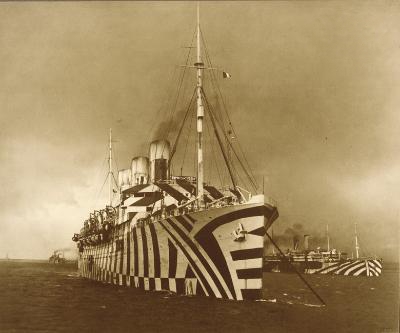As I said in my original post, you can find similar local and cheaper. The 275gal totes usually come in two varieties - FDA food-grate, often used to store cooking oil, and similar none FDA approved plastic, often used to store carwash detergents. If you look hard you can find either type locally for about $40-100. As long as you thoroughly wash the tote and keep it out of direct sun – either type can be used to store garden water. Additionally, if you refill them once or twice per year and filter the content prior to drinking, either can be used to store drinking water.
Some people have active imagination and they think that none FDA approved means the chemicals will leak into the water and you’ll be drinking BPA or similar horrors.
![Roll Eyes [rolleyes] [rolleyes]](/xen/styles/default/xenforo/smilies.vb/042.gif)
In reality nothing can be further from the truth. Industrial plastics have different specs because they have to remain stable @ spec temp and resistant to spec solvent. So FDA usually means stable at @150-190 degrees and resistant to organic acids and oils. Also FDA often requires plastics of greater purity than those used in SOME non-food packaging. E.g. meds plastic is of higher purity than FDA approved. Bottom line non-food plastic could and frequently is of superior grade than food plastic and often costs more. In case of drinking water – acidity is relatively low and temps are usually 90 degrees or lower. So either tote will be fine – especially in case of emergency or for gardening. Having said that, FDA totes will require less cleaning to be safe for use and therefore that would be a better tote to buy.
Again, I did not look hard, but here is a guy 200 mi from Boston selling 275 gal totes for $15. I bet some of them are FDA approved.[wink]
![Smile [smile] [smile]](/xen/styles/default/xenforo/smilies.vb/001.gif)

![Thinking [thinking] [thinking]](/xen/styles/default/xenforo/smilies.vb/010.gif)
![ROFL [rofl] [rofl]](/xen/styles/default/xenforo/smilies.vb/013.gif)
![Roll Eyes [rolleyes] [rolleyes]](/xen/styles/default/xenforo/smilies.vb/042.gif) In reality nothing can be further from the truth. Industrial plastics have different specs because they have to remain stable @ spec temp and resistant to spec solvent. So FDA usually means stable at @150-190 degrees and resistant to organic acids and oils. Also FDA often requires plastics of greater purity than those used in SOME non-food packaging. E.g. meds plastic is of higher purity than FDA approved. Bottom line non-food plastic could and frequently is of superior grade than food plastic and often costs more. In case of drinking water – acidity is relatively low and temps are usually 90 degrees or lower. So either tote will be fine – especially in case of emergency or for gardening. Having said that, FDA totes will require less cleaning to be safe for use and therefore that would be a better tote to buy.
In reality nothing can be further from the truth. Industrial plastics have different specs because they have to remain stable @ spec temp and resistant to spec solvent. So FDA usually means stable at @150-190 degrees and resistant to organic acids and oils. Also FDA often requires plastics of greater purity than those used in SOME non-food packaging. E.g. meds plastic is of higher purity than FDA approved. Bottom line non-food plastic could and frequently is of superior grade than food plastic and often costs more. In case of drinking water – acidity is relatively low and temps are usually 90 degrees or lower. So either tote will be fine – especially in case of emergency or for gardening. Having said that, FDA totes will require less cleaning to be safe for use and therefore that would be a better tote to buy. ![Wink [wink] [wink]](/xen/styles/default/xenforo/smilies.vb/002.gif)
![Laugh [laugh] [laugh]](/xen/styles/default/xenforo/smilies.vb/012.gif)
![Grin [grin] [grin]](/xen/styles/default/xenforo/smilies.vb/041.gif)
